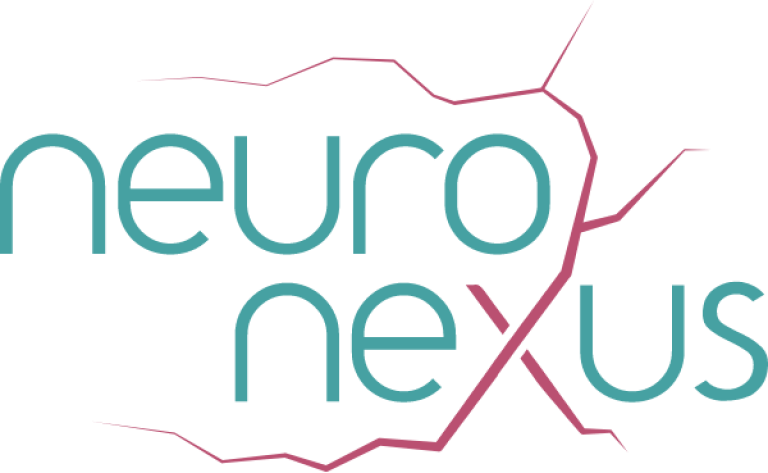Machine learning tool for the rapid analysis of video-EEG recordings in mice
Champion Name
Organization
Path TherapeuticsChallenge ID
Project Track
Skills Needed
Epilepsy is a brain disorder characterized predominantly by epileptiform discharges, otherwise known as seizures. These epileptiform events can be detected using an electroencephalogram (EEG), a monitoring method that records electrical activity of the brain from electrodes that are placed along the scalp (in human) or directly into brain tissue (in rodents). EEG recordings report on seizure frequency, amplitude, and also general characteristics of the seizure (e.g., onset, duration, latency, etc).
Despite EEG recordings serving as the gold standard for epilepsy diagnosis and research, the analyses of EEG traces are very time consuming and quickly becomes a bottleneck. To semi-automate the process, algorithms have been developed that rely on threshold triggers to identify potential seizures. The premise of these algorithms is that a typical seizure displays high electrical amplitude as a defining characteristic and therefore epileptiform events can be identified by finding the region(s) of the EEG whereby the amplitude crosses a certain threshold. This approach has limitations, namely: contamination artifacts such as drinking and grooming can also cause high amplitude spikes on an EEG, thereby leading to many false negatives that must be weeding through by the analyzer such that in the end, not much time is saved by these algorithm tools.
The goal of this project is to develop a machine learning tool that relies on additional defining characteristics of a seizure (e.g., onset trace behaviors, duration) beyond just amplitude to enable more accurate, and thus faster, analysis of EEG traces.
This project is highly feasible. We have hundreds of hours of carefully marked EEG recordings from mice that can be used to train a machine learning algorithm. We also have well defined characteristics of a seizure beyond amplitude threshold that can be included in the algorithm. The ultimate outcome is a tool that efficiently screens EEG traces and marks with accuracy (e.g., low false positives AND false negatives) potential seizures for rapid confirmation by an analyzer.
If a multidisciplinary team would like to come together, we also simultaneously record video of the mouse, which serves to provide behavioral confirmation of seizure occurrence (e.g., tremors, paw twitches, convulsions) alongside EEG evidence of an epileptiform event. In an ideal situation, we would develop a machine learning tool that incorporates the video and EEG evidence of a seizure – a software task that has never been achieved.
If successful, a product that can reliably record EEG activity (and even more so if the behavioral response was also captured) would have considerable commercial potential. Currently, there are a number of algorithms reported for free download or for sale commercially that are all similar in approach and work equally poorly, making the field ripe for disruption with a tool that actually works. Moreover, this algorithm would also be of benefit to those in the cardiovascular field who measure ECGs and face similar challenges. Finally, the potential market would be not only academic labs but also commercial centers that record EEGs and ECGs in humans.
